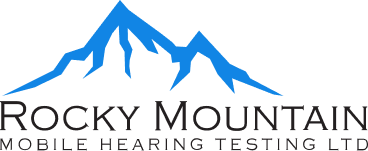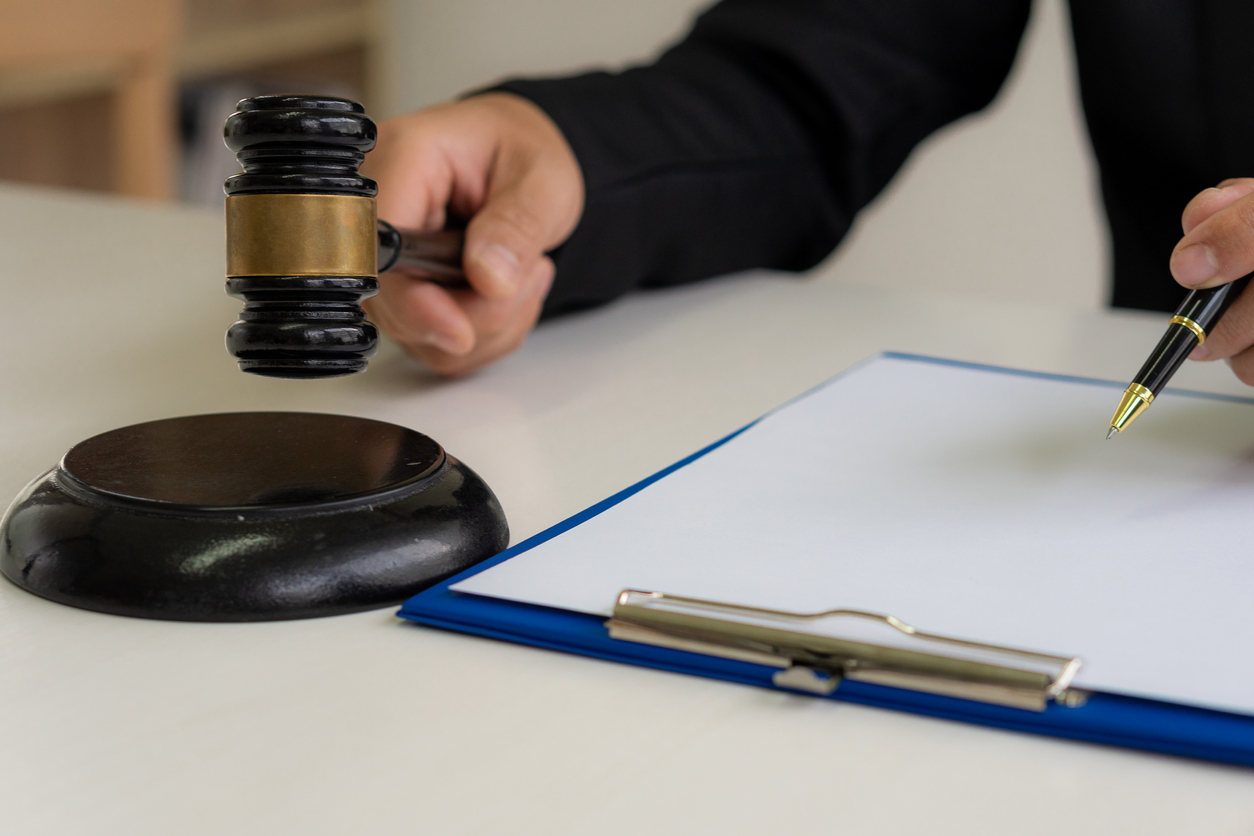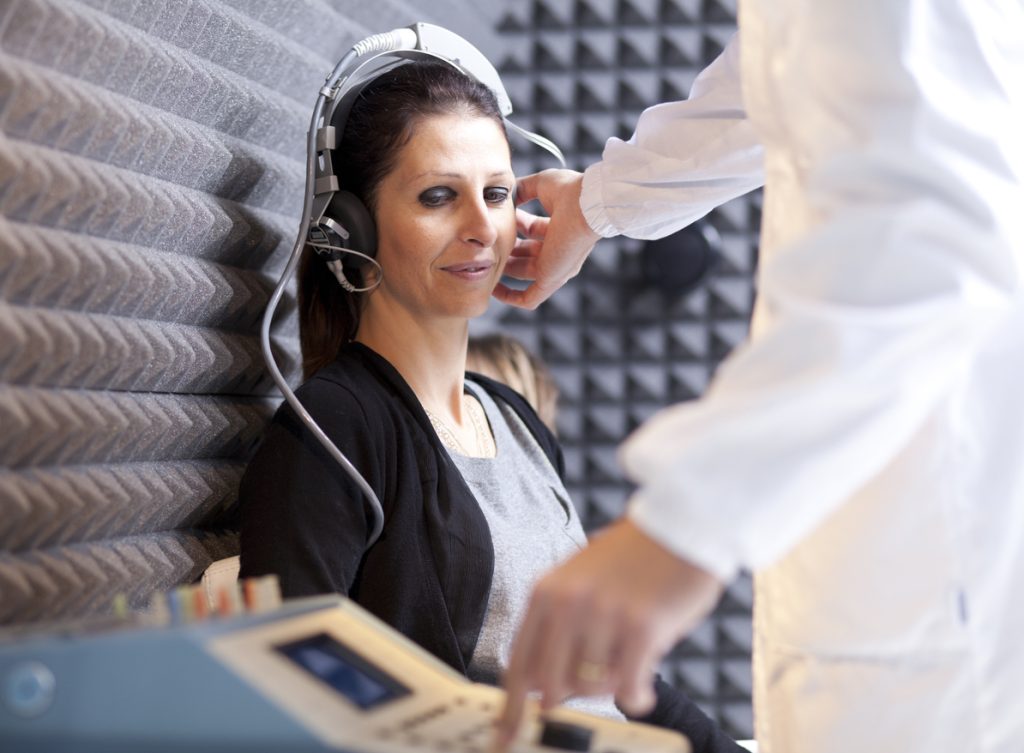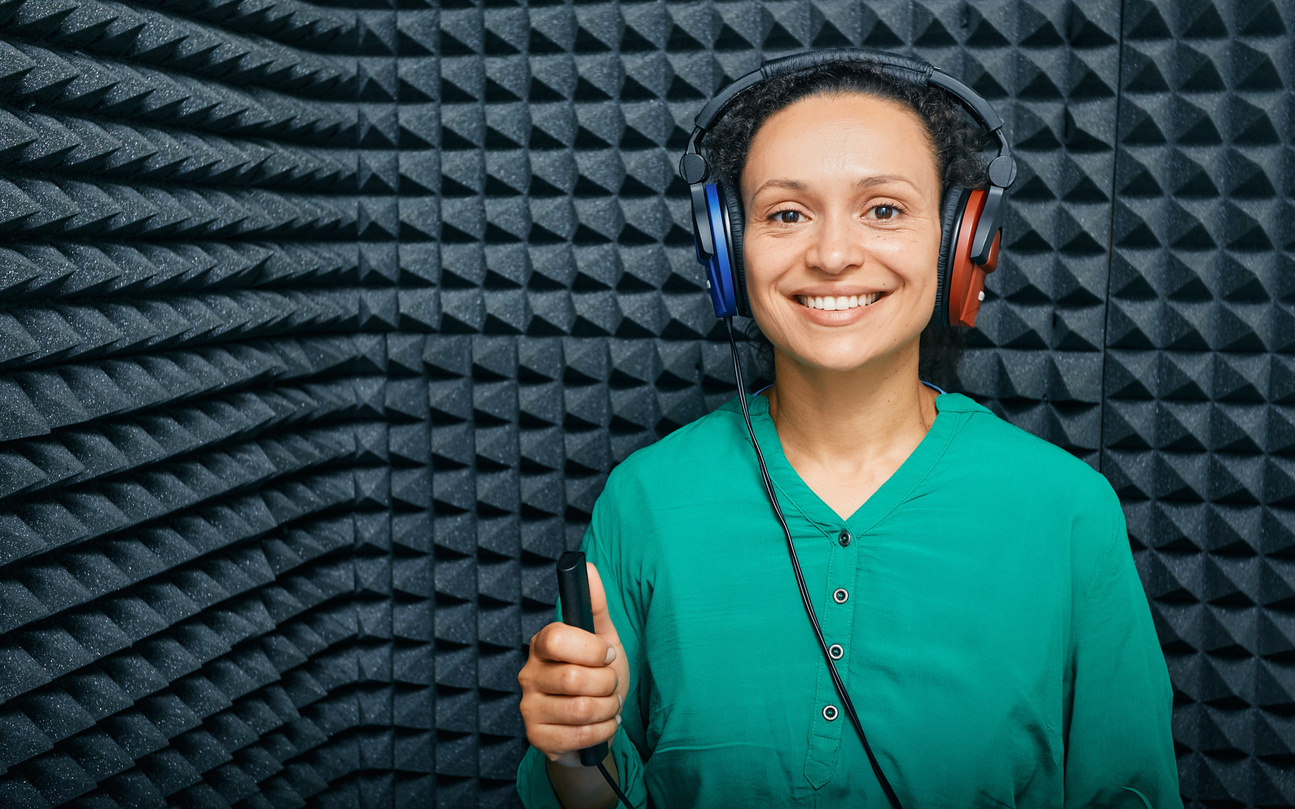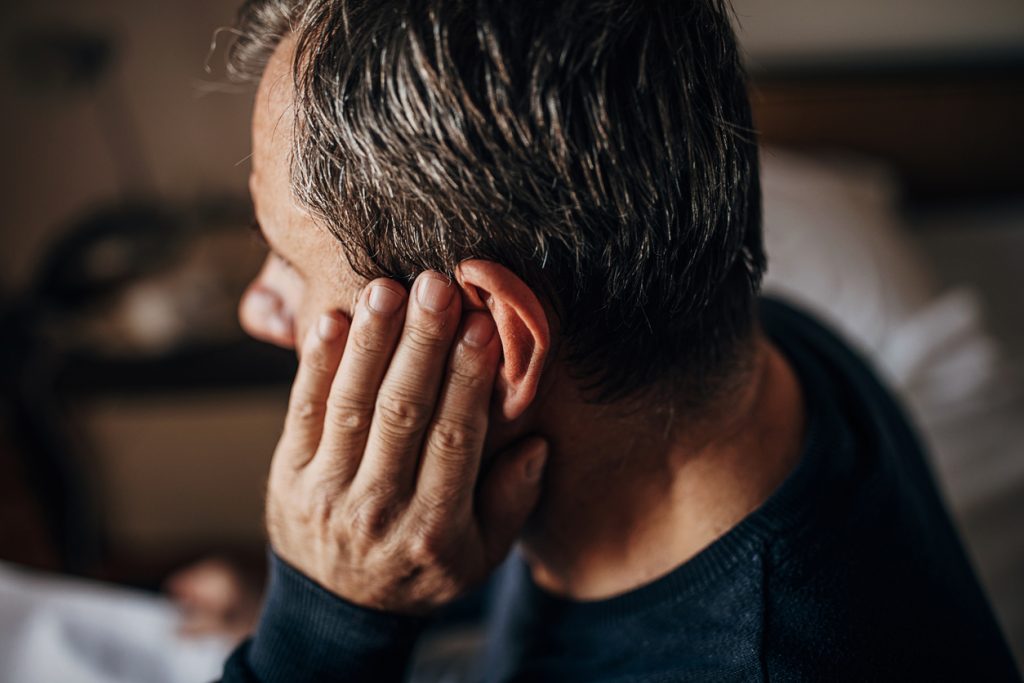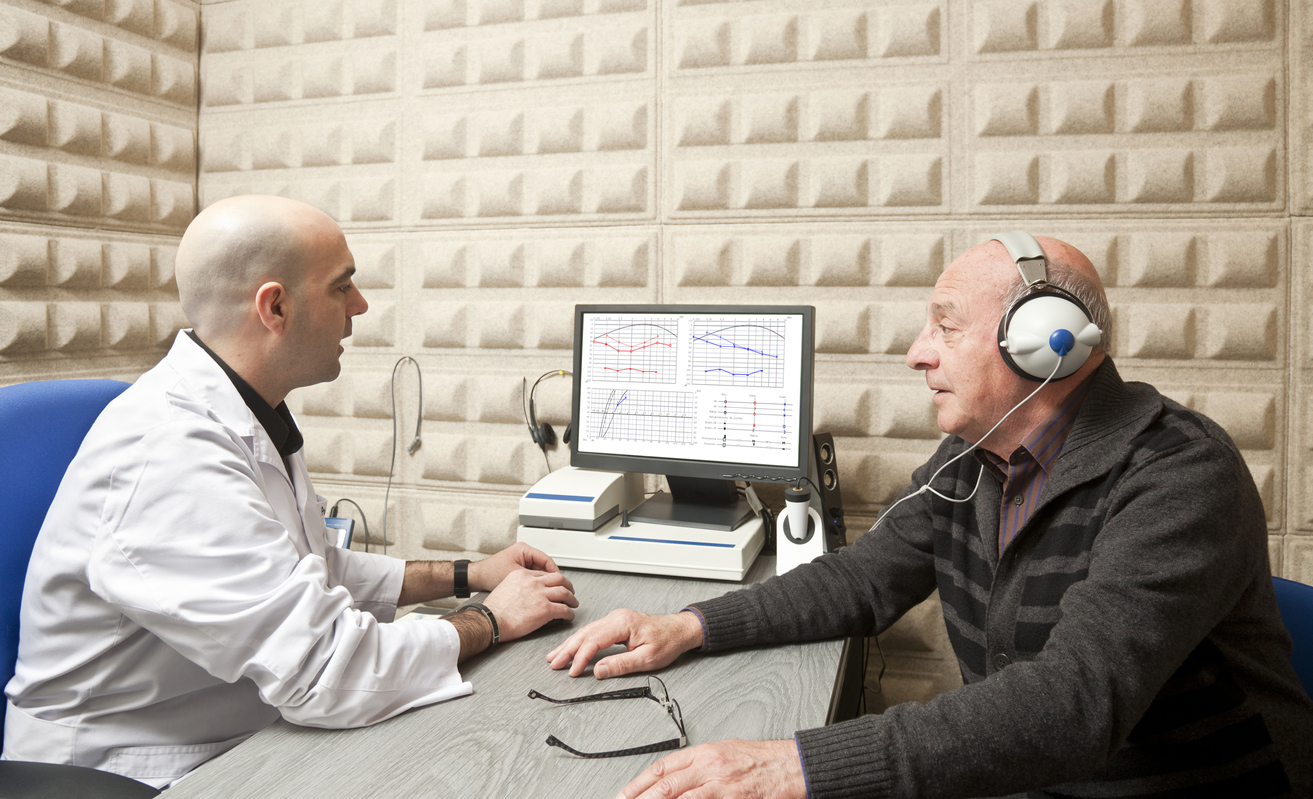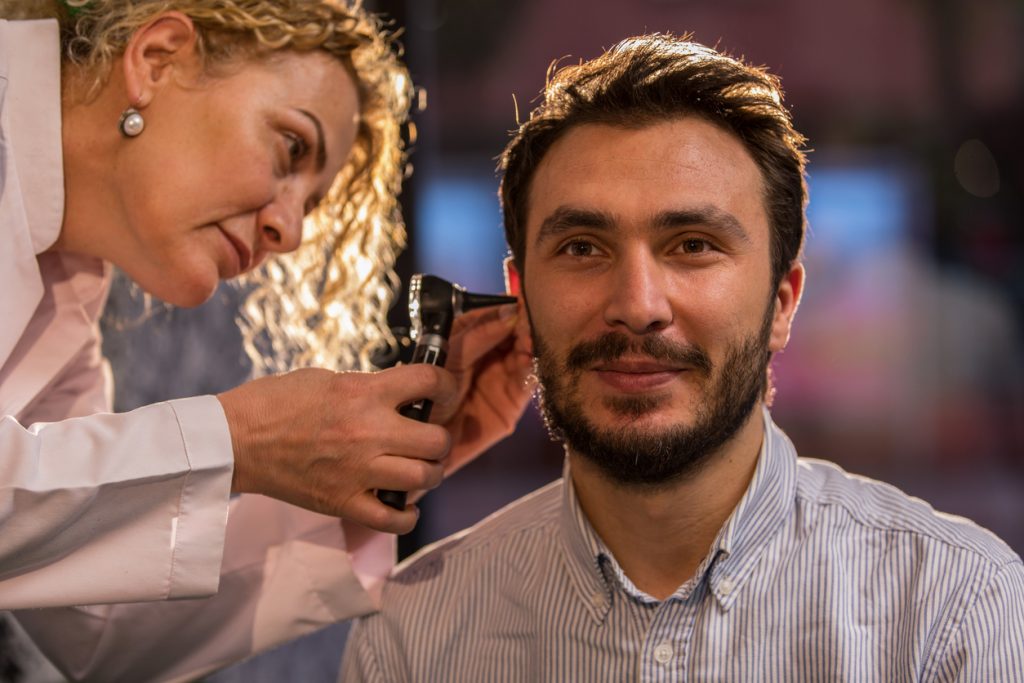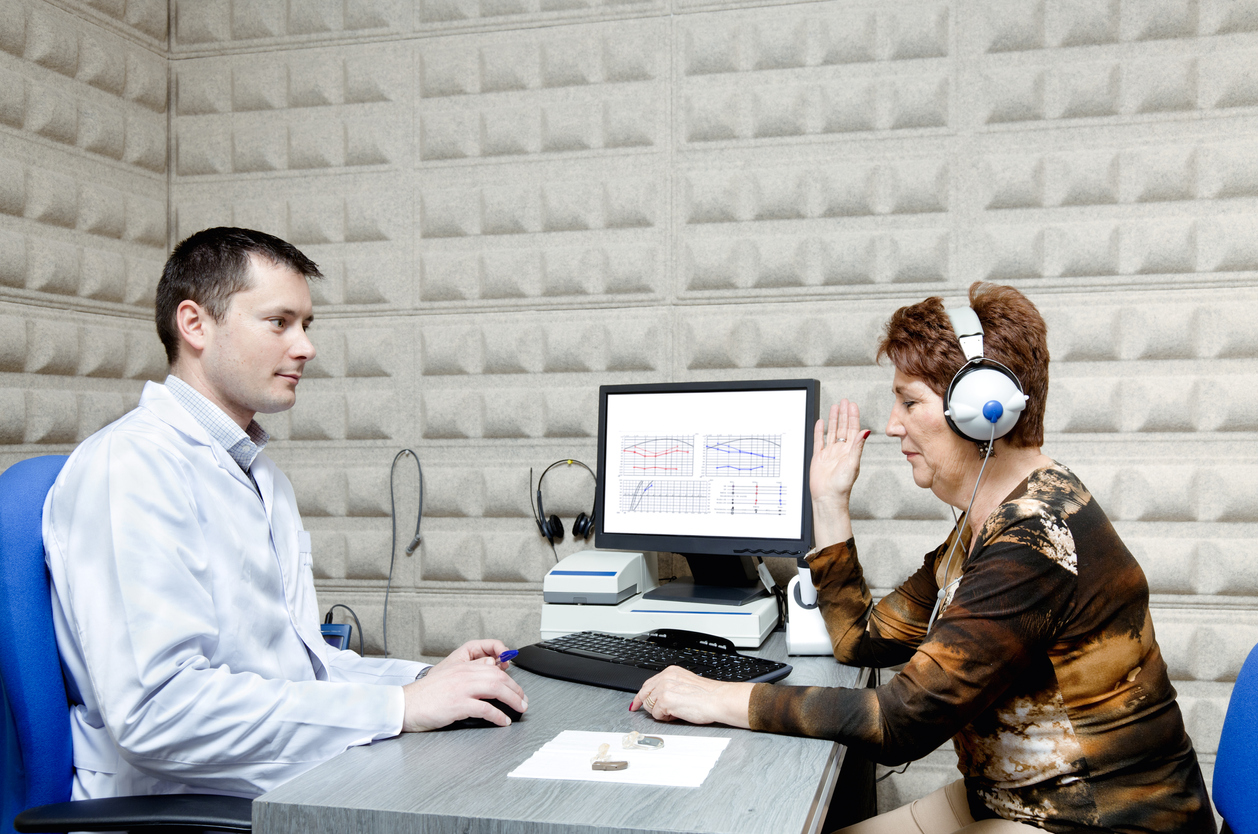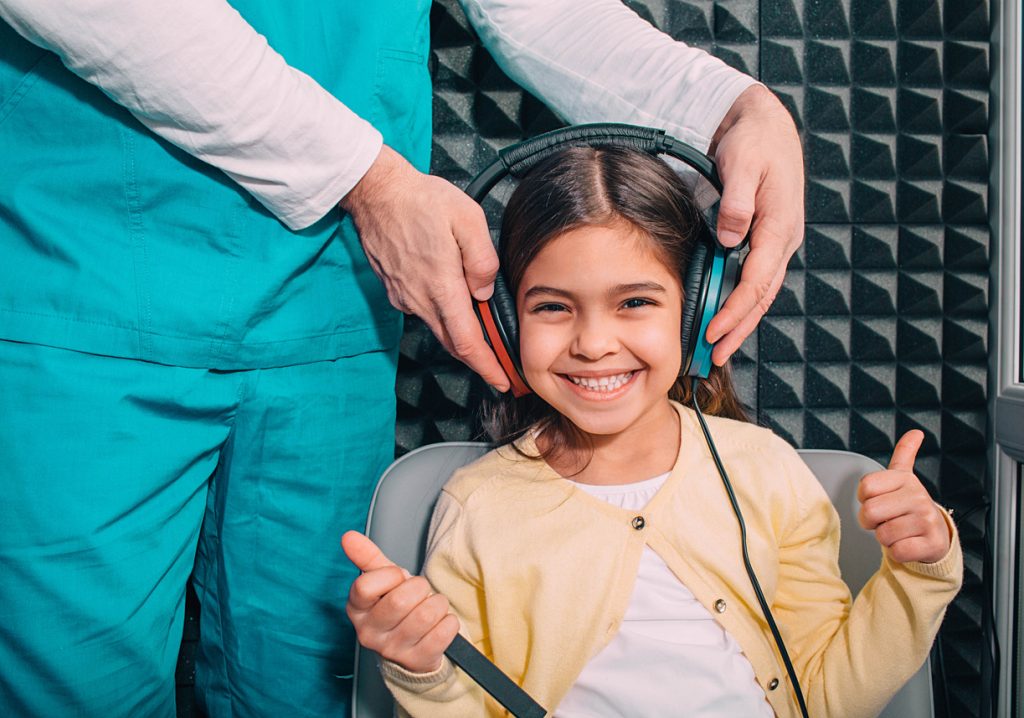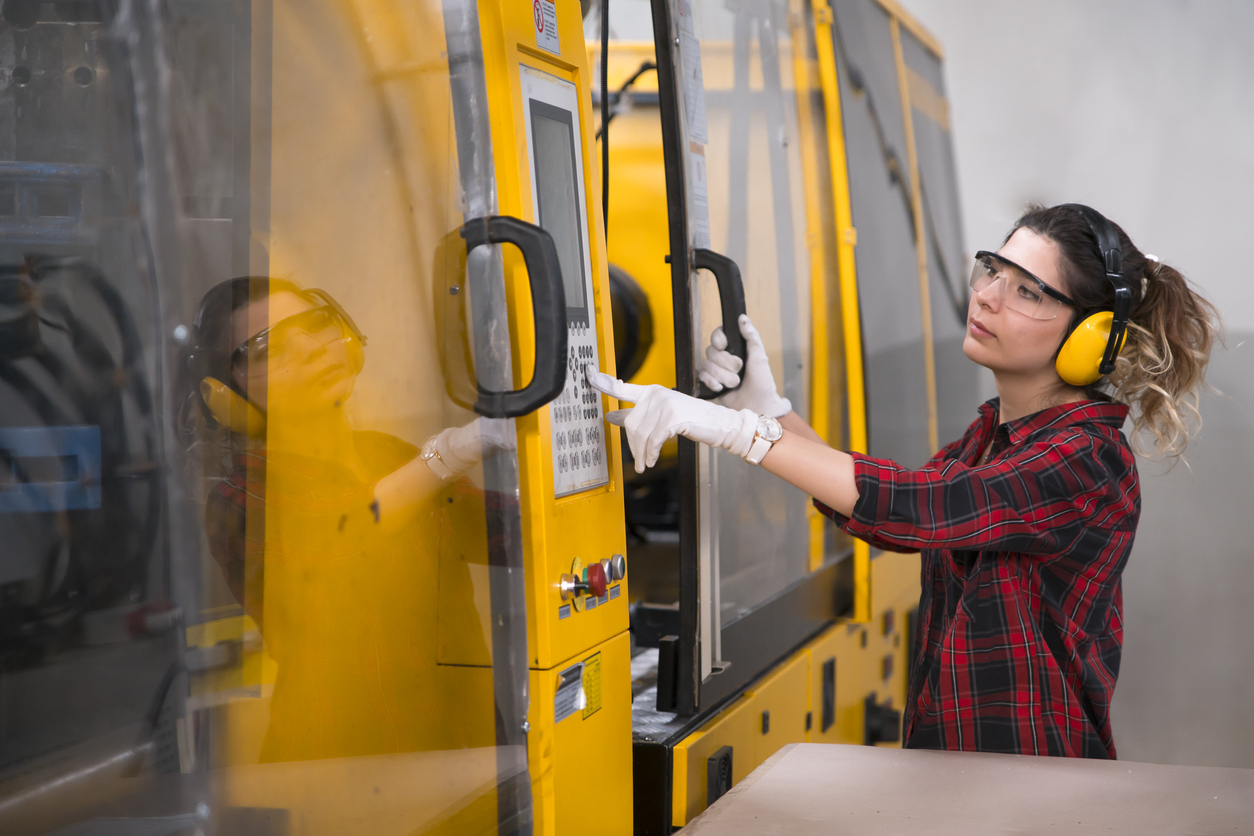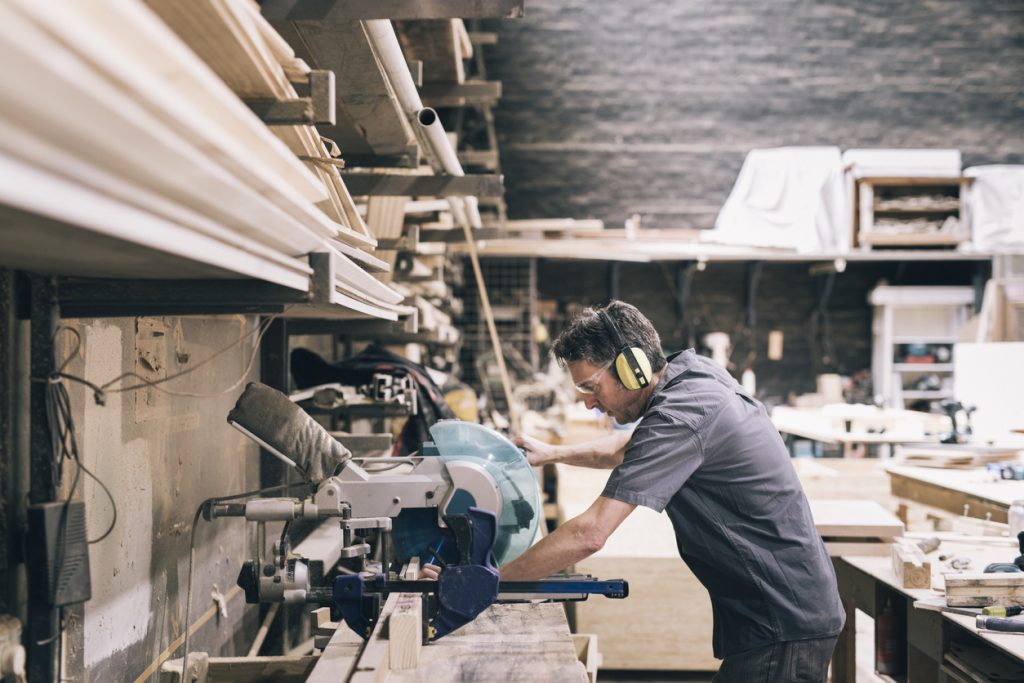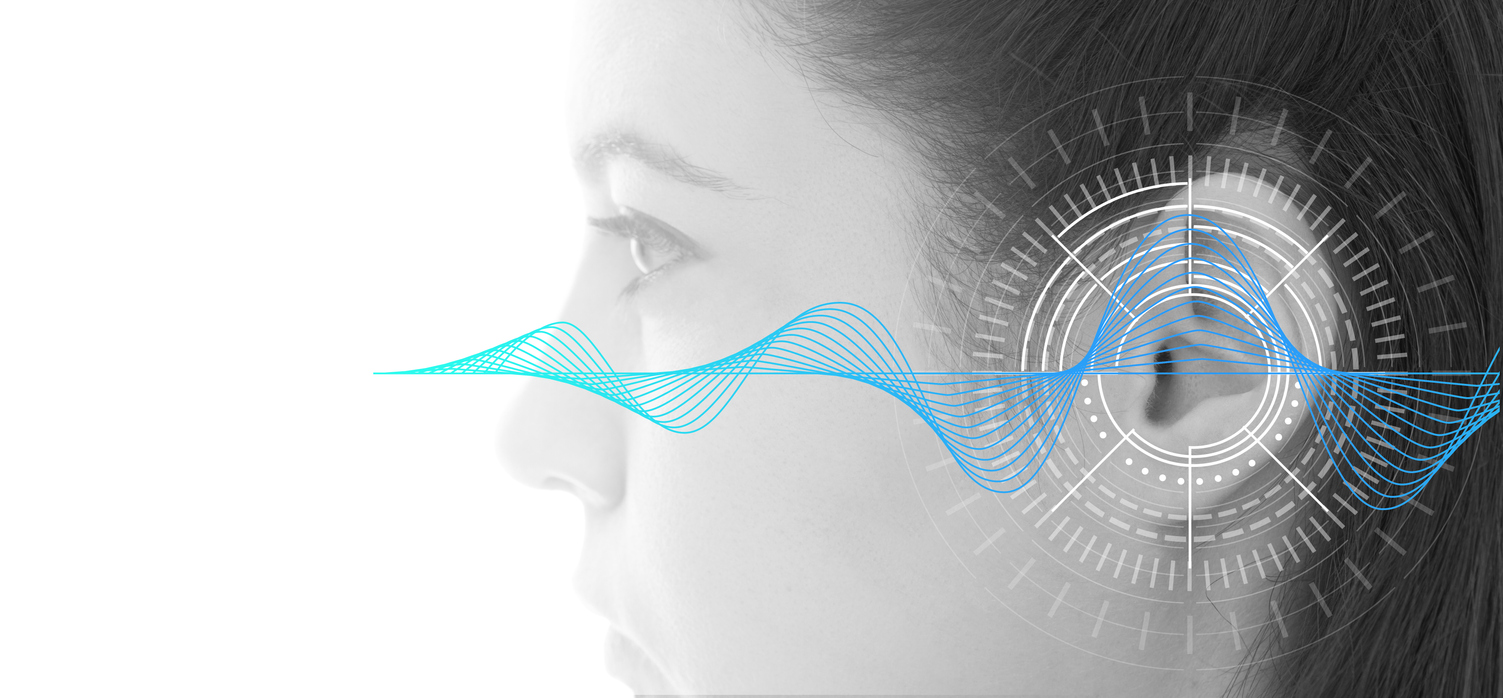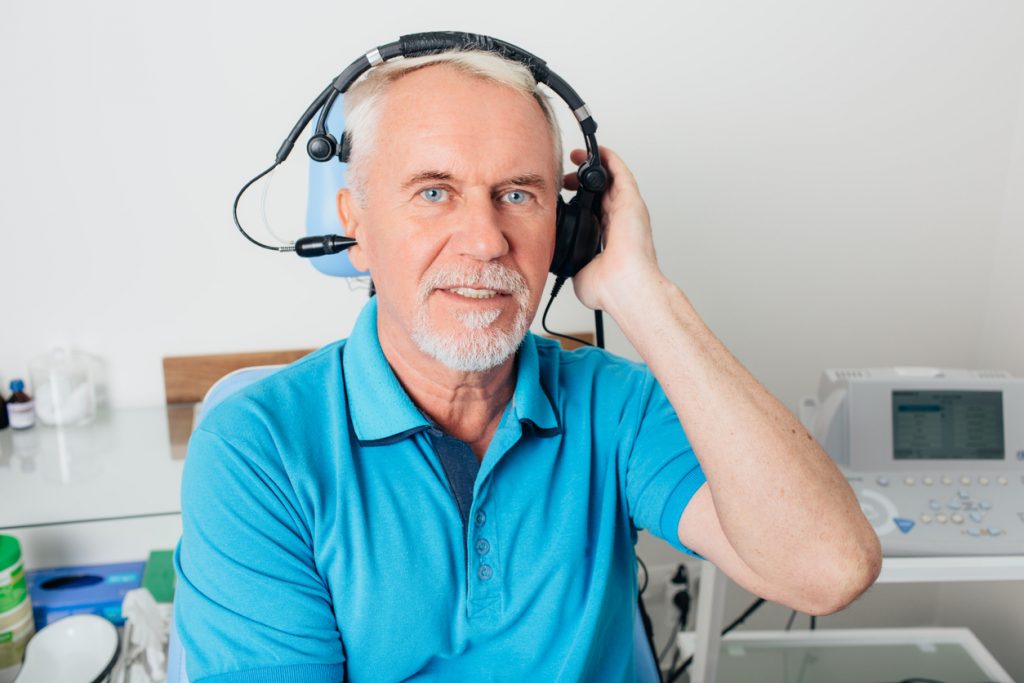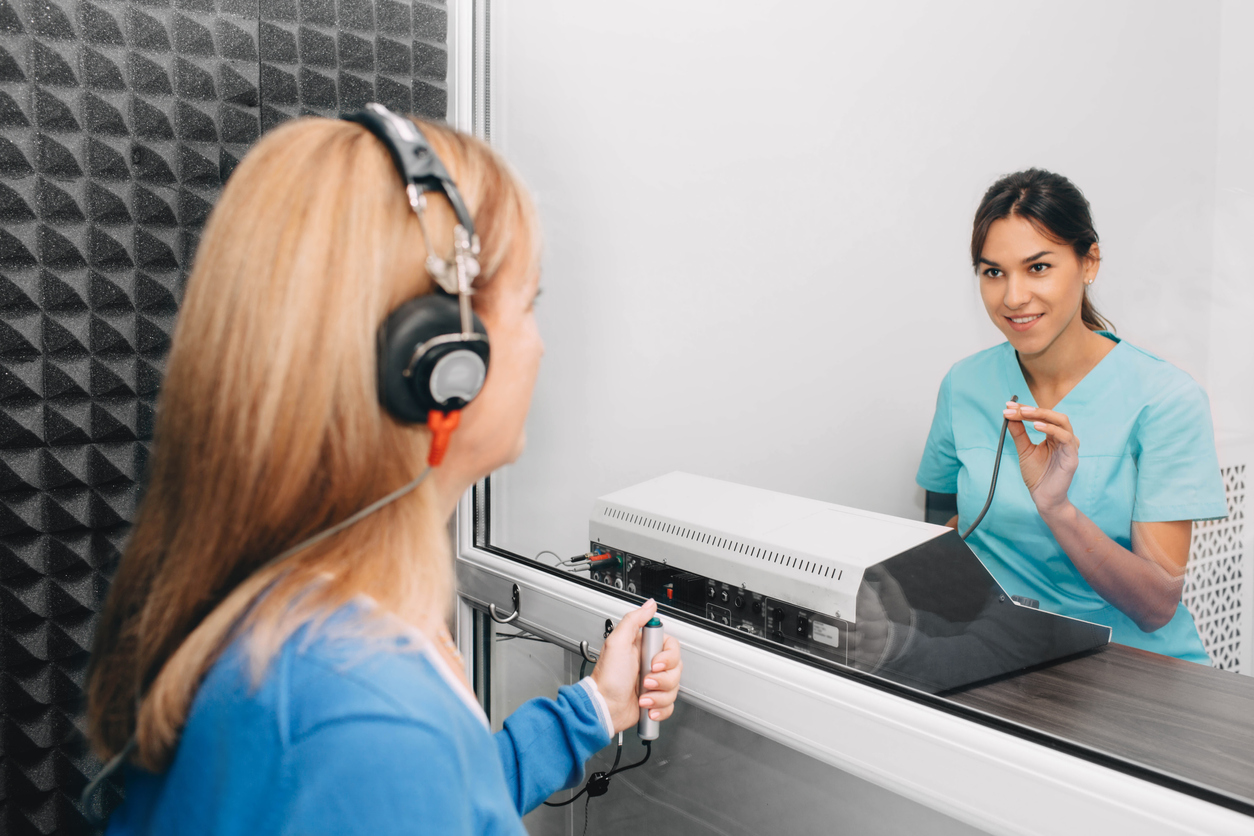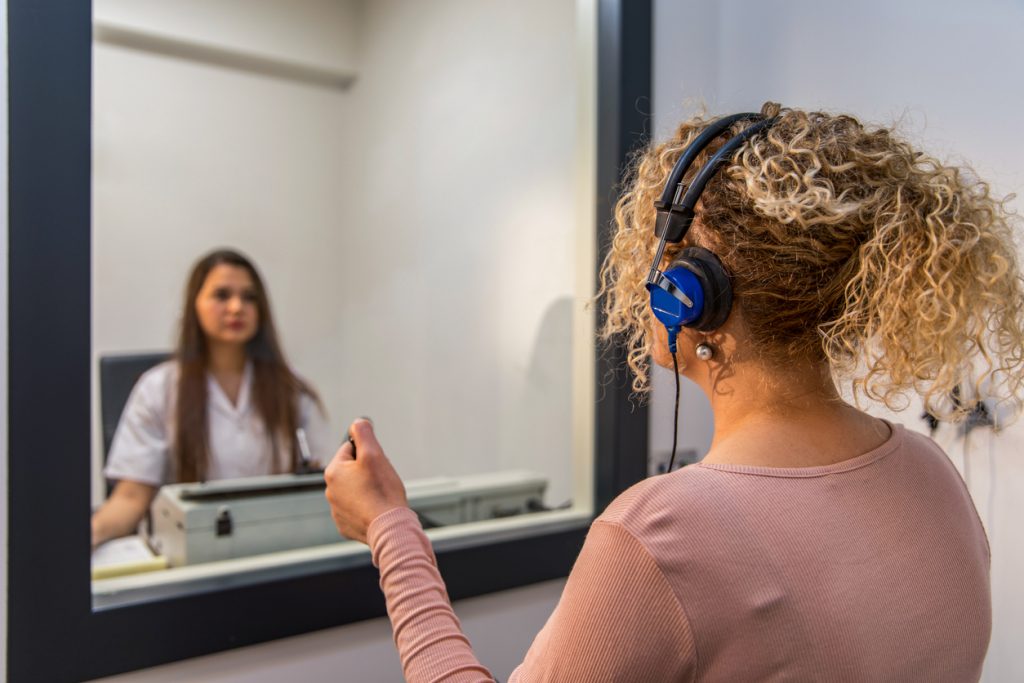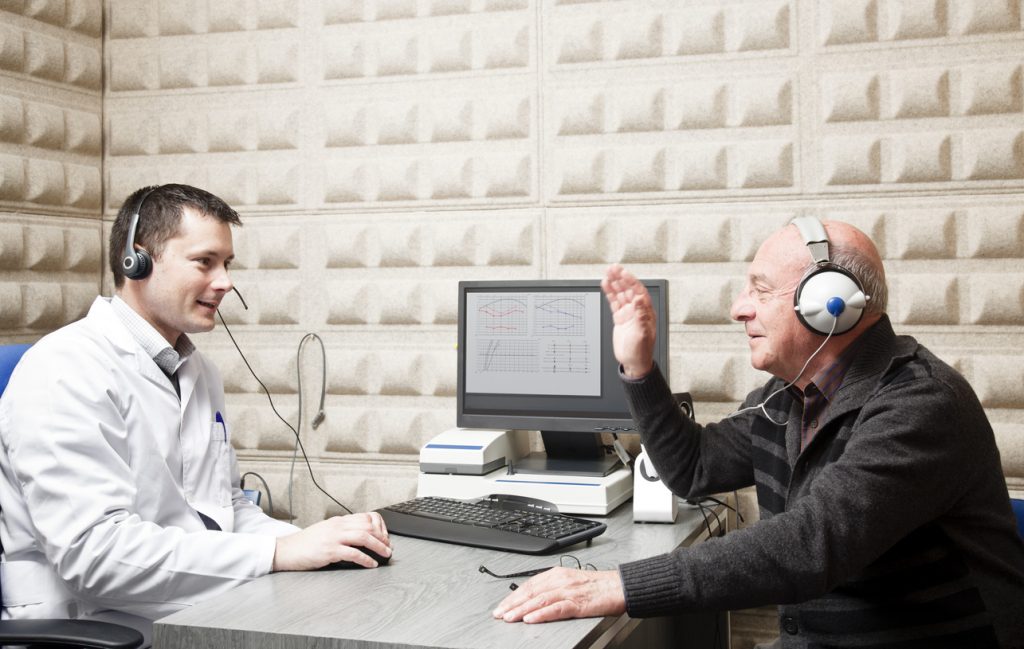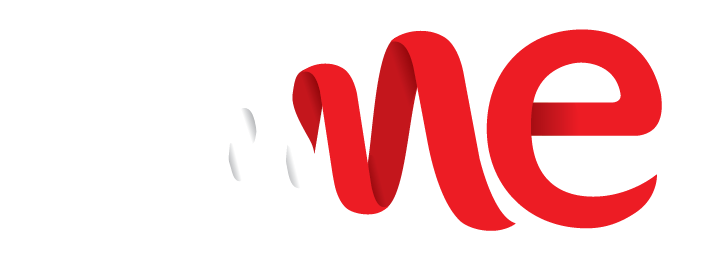Workplace-Related Hearing Loss
Too much noise can damage the ears. This can lead to hearing loss, ringing in the ears, or even temporary deafness. Noise-induced hearing loss isn’t just limited to sudden loud sounds either – it includes any sound you hear consistently day after day, like at construction sites, factories, farms, and more. Excessive, sustained noise can also include things more common to household noises like headphones with volumes set too high (80+ decibels).
The crucial concern for industrial site managers is whether a sustained or excessive noise at a worksite can damage a worker’s hearing and whether the company is liable. That’s where industrial audiometric screening tests can help a company determine the work environment’s influence on an employee’s hearing loss. Let’s look at how.
How Does Occupational Noise-Induced Hearing Loss Affect Workers’ Compensation?
An employee can file a claim with workers’ comp like Alberta’s WCB or WorkSafeBC and argue that the hearing loss they experienced was due to work, a term known as Occupational Noise-Induced Hearing Loss in Alberta. To determine whether their hearing loss was due to the workplace, employees need a set of audiograms from routine hearing tests that show data consistent with occupational hearing loss.
When an employee experiences hearing loss and it’s attributable to the work environment, the hearing loss is considered “compensable,” and the employee can get hearing aids covered by the WCB. And of course, if an employer gets significant WCB claims coming in, your premiums increase. Poor Performance Surcharges can impact your annual fees by 25%-200%, depending on how many WCB claims workers make each year.
What Can Hearing Loss Cost You in Court?
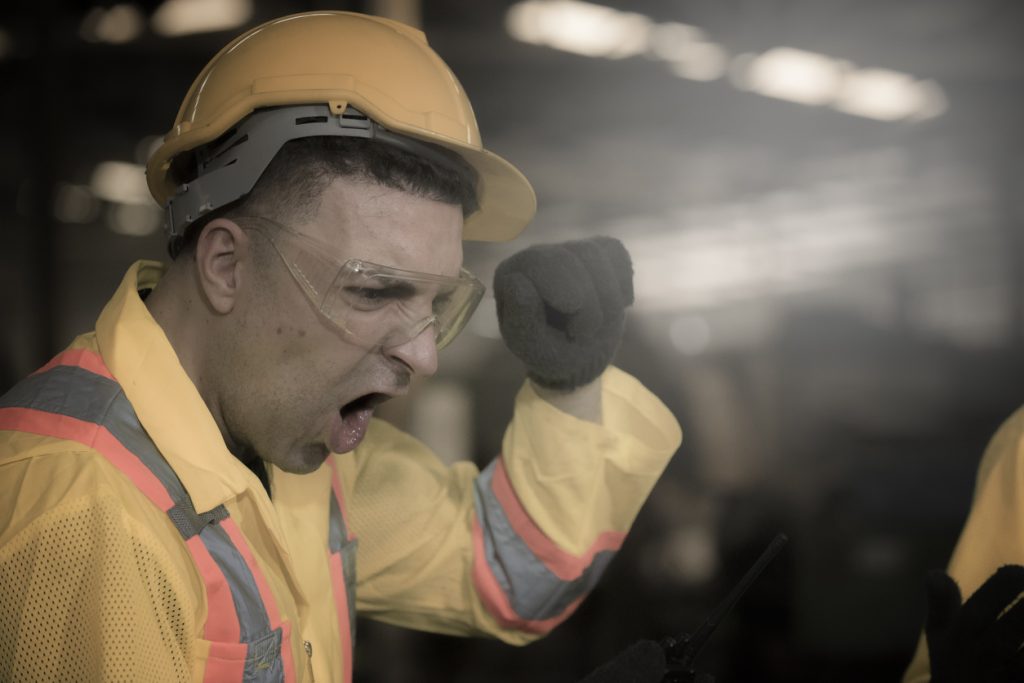
Hearing loss can result in compensation. There are a few precedents in case law that give an idea of what factors into damages payouts when a party is held liable for hearing loss. In these cases, the plaintiffs sought damages and collected $13,875 – $192,519 (adjusted for 2020 inflation levels).
Some cases of workplace hearing loss can lead to lawsuits. As with any lawsuit, payouts come in the forms of either out-of-court settlements or awarded economic damages after the court decides liability. Damages tend to be lump sums that can be broken down into multiple factors:
- Actual Damages
- Income Interruption Damages
- Pecuniary & Punitive Damages
- Pain & Suffering
- Loss of Enjoyment of Life
While worker’s compensation is the first step for an employee suffering from hearing loss due to workplace noise hazards, there’s nothing stopping an employee from taking a company to court as a private citizen. In that case, they might seek damages near the upper limit of damage precedents in this area of law, which is close to $200,000.
Audiometric screening tests are not only required but tremendously helpful in avoiding large compensation payouts or higher payments to the WCB. They provide data in the form of a baseline test and annual hearing tests to ensure your personnel are not crossing thresholds for normal changes in hearing. If you have more questions on limiting your liability with industrial hearing tests or workplace noise testing, please don’t hesitate to contact us!
Rocky Mountain Mobile Hearing Testing is your locally owned and operated Calgary business. We are committed to providing mobile hearing testing services and other safety tests to numerous industries and companies in Western Canada. Our services are part of the WorkSafeBC Provider Network, while our sound booths are approved by the CSA. We offer audiometry testing, mask fit testing, custom earplugs, noise measurements, help with implementing a hearing conservation program, and spirometry testing. If you want to improve your workplace, leave it in the hands of our team. Contact us today at (403) 399-4775.
